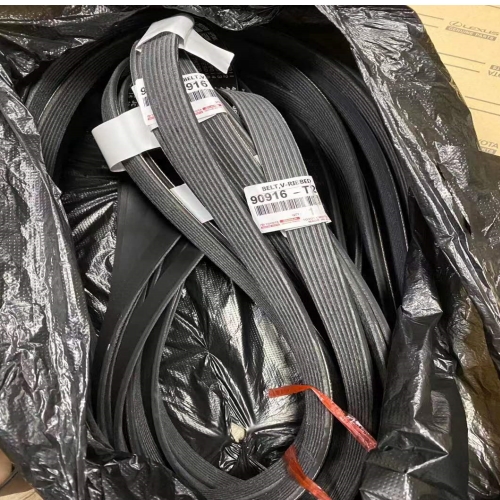- Arabic
- French
- Russian
- Spanish
- Portuguese
- Turkish
- Armenian
- English
- Albanian
- Amharic
- Azerbaijani
- Basque
- Belarusian
- Bengali
- Bosnian
- Bulgarian
- Catalan
- Cebuano
- Corsican
- Croatian
- Czech
- Danish
- Dutch
- Afrikaans
- Esperanto
- Estonian
- Finnish
- Frisian
- Galician
- Georgian
- German
- Greek
- Gujarati
- Haitian Creole
- hausa
- hawaiian
- Hebrew
- Hindi
- Miao
- Hungarian
- Icelandic
- igbo
- Indonesian
- irish
- Italian
- Japanese
- Javanese
- Kannada
- kazakh
- Khmer
- Rwandese
- Korean
- Kurdish
- Kyrgyz
- Lao
- Latin
- Latvian
- Lithuanian
- Luxembourgish
- Macedonian
- Malgashi
- Malay
- Malayalam
- Maltese
- Maori
- Marathi
- Mongolian
- Myanmar
- Nepali
- Norwegian
- Norwegian
- Occitan
- Pashto
- Persian
- Polish
- Punjabi
- Romanian
- Samoan
- Scottish Gaelic
- Serbian
- Sesotho
- Shona
- Sindhi
- Sinhala
- Slovak
- Slovenian
- Somali
- Sundanese
- Swahili
- Swedish
- Tagalog
- Tajik
- Tamil
- Tatar
- Telugu
- Thai
- Turkmen
- Ukrainian
- Urdu
- Uighur
- Uzbek
- Vietnamese
- Welsh
- Bantu
- Yiddish
- Yoruba
- Zulu
اکتوبر . 05, 2024 20:00 Back to list
timing belt timing chain
Understanding Timing Belts and Timing Chains A Comprehensive Guide
When it comes to the functioning of an internal combustion engine, timing belts and timing chains play crucial roles in synchronizing the movements of various components. Both systems are designed to ensure that the engine's crankshaft and camshaft rotate in harmony, which is vital for optimal performance. However, they differ significantly in construction, operation, maintenance, and longevity. In this article, we will explore these differences and help you understand which system might be better suited for your vehicle.
What is a Timing Belt?
A timing belt is a reinforced rubber belt that connects the crankshaft to the camshaft. It is often ribbed or toothed to allow for a secure grip on the pulleys. The timing belt's primary function is to ensure that the camshaft opens and closes the engine's valves at the correct times during the engine cycle. This synchronization is critical for engine efficiency, performance, and to prevent engine damage.
Many vehicles use timing belts due to their quiet operation and lightweight design. However, they do require regular maintenance. Most manufacturers recommend replacing the timing belt every 60,000 to 100,000 miles, as the rubber can wear down over time due to heat and engine stresses. If a timing belt breaks, it can cause catastrophic engine damage, leading to costly repairs.
What is a Timing Chain?
In contrast to a timing belt, a timing chain is made of metal and consists of links that engage with sprockets. Timing chains are typically installed in engines that require higher durability and lower maintenance. They are designed to last much longer than timing belts—often up to 200,000 miles or more. Because they are more robust, timing chains can handle the stresses of high-performance engines better than belts.
Timing chains also serve the same purpose as timing belts to synchronize the rotation of the crankshaft and camshaft. However, their operation can be noisier compared to timing belts, leading to a slight increase in engine noise. Despite this, many manufacturers choose to use chains for their longevity and reliability.
Key Differences between Timing Belts and Timing Chains
timing belt timing chain

1. Material and Construction - Timing belts are made from rubber, while timing chains are made from metal. This difference in material affects the lifespan and maintenance requirements of each system.
2. Maintenance Requirements - Timing belts require regular replacement to prevent failure, typically every 60,000 to 100,000 miles. Timing chains do not have a regular replacement interval but should be inspected for wear and proper tension.
3. Longevity - Timing belts have a shorter lifespan and may need to be replaced multiple times during the vehicle's life. Timing chains are designed to last much longer, often outlasting the vehicle if properly maintained.
4. Cost - Replacing a timing belt is generally less costly than replacing a timing chain, partly due to the labor involved. However, if a chain fails, the repair can be significantly more expensive due to its complexity.
5. Performance - Timing chains are typically considered more durable and suitable for high-performance applications, whereas timing belts may be preferred for their quieter operation in standard vehicles.
Conclusion
Both timing belts and timing chains have their own advantages and disadvantages. The choice between the two often comes down to the specific vehicle, driving style, and manufacturer recommendations. Understanding the difference between timing belts and timing chains can help vehicle owners make informed decisions regarding maintenance and repairs.
For those with timing belts, it's important to adhere to the manufacturer's guidelines for replacement to avoid potential engine damage. On the other hand, owners of vehicles equipped with timing chains should ensure proper maintenance to prolong the life of the chain and maintain optimal engine performance. Ultimately, both systems have proven effective in ensuring that engines run smoothly and efficiently, contributing to the overall reliability of modern vehicles.
-
Variable Belt Drive AI Optimized for Efficiency
NewsAug.05,2025
-
High-Quality Tensioner Belt Pulley - Durable & Efficient
NewsAug.03,2025
-
Premium Timing Belt Factory | AI-Optimized Solutions
NewsAug.02,2025
-
Heat Joining Drive Belt | High-Durability Fusion Solution
NewsJul.31,2025
-
Timing Belt Video Guide: Selection, Design & Quality Insights
NewsJul.30,2025
-
High-Performance Variable Speed V Belt Drive for Efficient Power Transmission
NewsJul.30,2025

